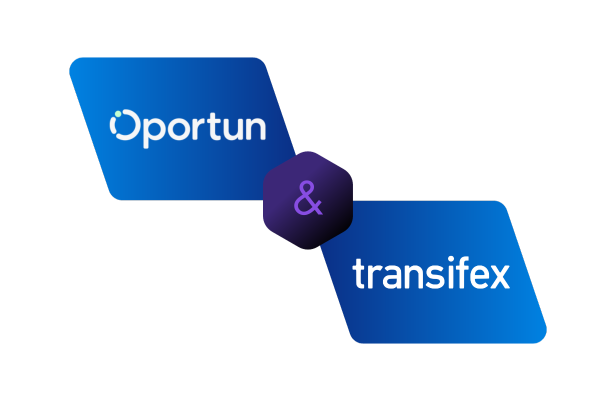
How A Relationship with Transifex Helped Oportun Deliver a Consistent Customer Experience
Achieve a Consistent Customer Experience with Localization Software
Software and app localization is a process that many companies recognize as vital to achieving success. It means adapting industry software to a specific region or culture with the hopes of enhancing the customer experience. Software localization enables direct communication with your target audience by allowing them to utilize your product in their preferred language. This builds stronger customer relations and loyalty while allowing your company to communicate globally. There is common confusion between Translation and Localization—be careful to understand the difference.
What is Translation?
Translation is converting text or spoken words from one language into another. The primary goal of translation is to retain the original message’s meaning and context, ensuring that the text reads naturally in the target language. While the idea may seem straightforward, translation can be a complex undertaking, requiring a deep understanding of both the source and target languages and the cultural context surrounding the content.
The translation is widely used, among other things, to adapt literature, scientific papers, technical documents, and user manuals. To ensure that the message remains intact in the translated text, translators must consider the linguistic rules and standards of both the source and target languages, including syntax and grammar.
What is Localization?
Localization goes a step beyond straightforward translation. It is a tailored process that adapts a product or service to meet a specific audience’s unique cultural and linguistic requirements. This means it’s not just about converting text; localization modifies aspects like currency, date formats, and imagery to resonate with a particular market. Localization considers regional variations and dialects within a language, making a product or service feel as if it were initially designed for the target audience.
As localization programs grow in size and complexity, which can be due to increased content volumes or the inclusion of new languages because of market expansion, companies can struggle to transition from a small-scale effort to a larger-scale process while maintaining brand tone and voice.
Localization plays a critical role in building trust and fostering relationships by delivering a personalized customer experience. Customers are more likely to engage with content in their native language. Oportun, a Transifex customer, was able to integrate comprehensive language localization for service in Spanish within its mobile app achieving consistent brand voice across languages and opening doors to millions of new subscriptions.
It is estimated that 21% of the US population over the age of five (over 65 million) speaks a language other than English at home, and a third of this group speaks limited English. In the case of Oportun, a mission-driven fintech that puts its two million members’ financial goals within Reach — 30 percent of the company borrowers preferred service in Spanish. Without localization, this population faced barriers to participating in the consumer financial marketplace due to language limitations. These restrictions place hurdles on understanding and completing key financial documents, managing bank accounts, and resolving problems with financial products. Through Localized content, Oportun expects a much higher satisfaction rate and anticipates acquisition and increased retention growth.
Transifex, we speak your language…
Learn how we can build trust in your organization – Book a Demo here.
Related posts
2 Simple Ways to Calculate Your Translation Budget
What is Website Localization & How to Implement it









